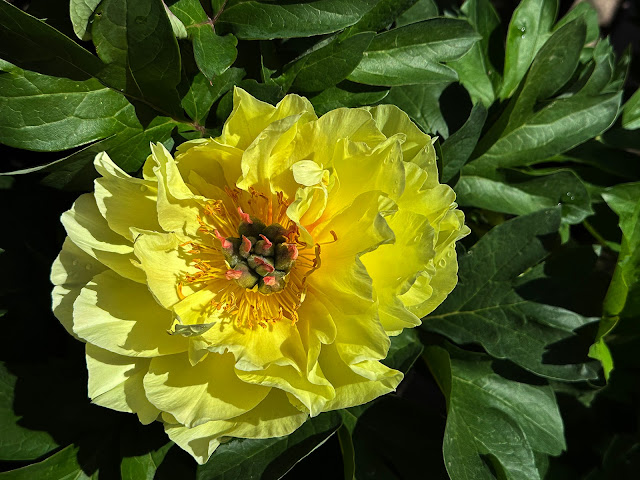Canna or canna lily is the only genus of flowering plants in the family Cannaceae, consisting of 10 species. All of the genus's species are native to the American tropics and naturalised in Europe, India and Africa in the 1860s. Although they grow native to the tropics, most cultivars have been developed in temperate climates and are easy to grow in most countries of the world, as long as they receive at least 6–8 hours average sunlight during the summer, and are moved to a warm location for the winter.
Cannas are not true lilies, but have been assigned by the APG II system of 2003 to the order Zingiberales in the monocot clade Commelinids, together with their closest relatives, the gingers, spiral gingers, bananas, arrowroots, heliconias, and birds of paradise. The plants have large foliage, so horticulturists have developed selected forms as large-flowered garden plants. Cannas are also used in agriculture as a source of starch for human and animal consumption. C. indica and C. glauca have been grown into many cultivars in India and Africa.
This post is part of the Floral Friday Fotos meme































